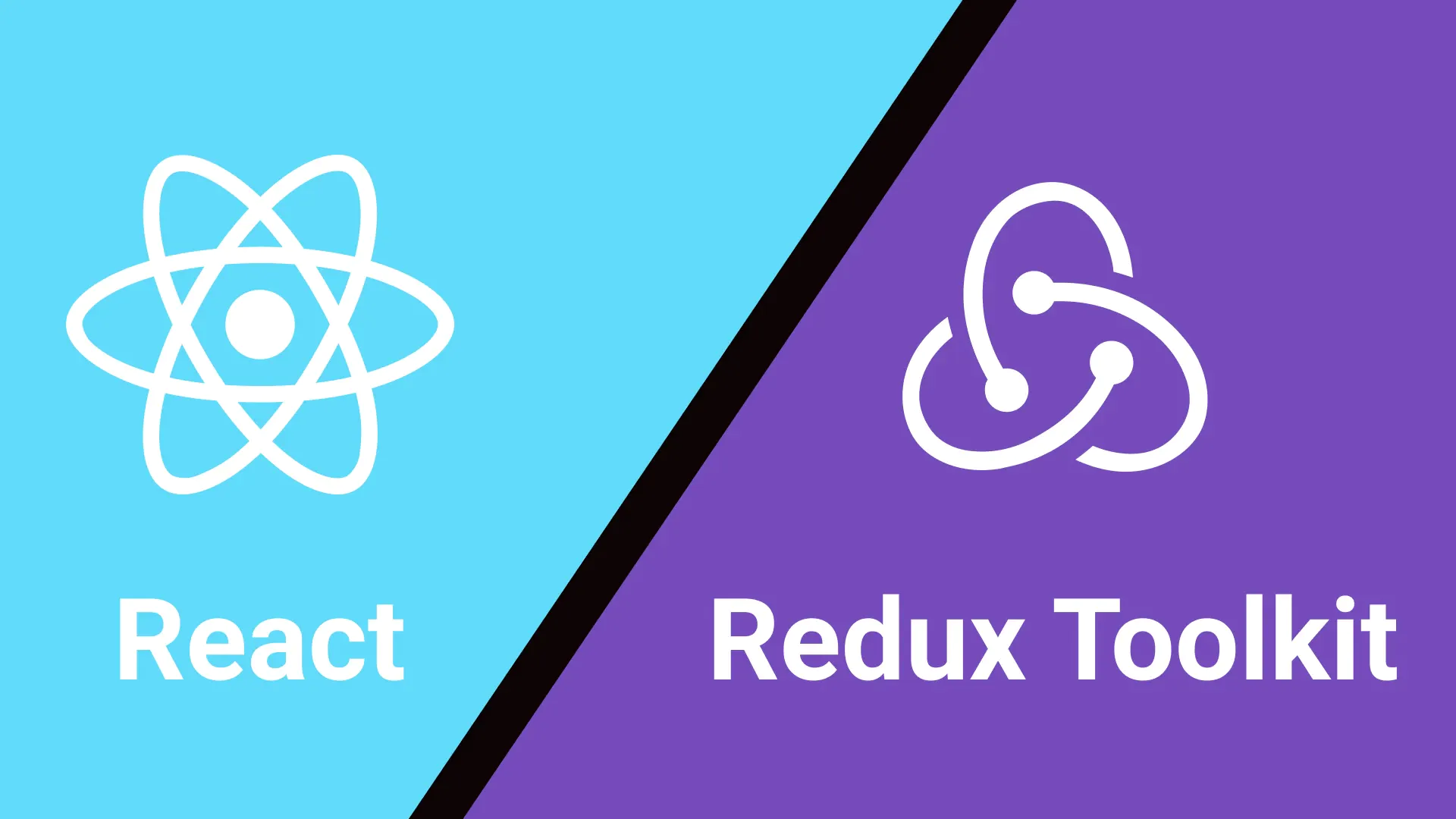Introduction
In the ever-evolving world of web development, ReactJS has emerged as a popular JavaScript library for building user interfaces. Its component-based architecture and virtual DOM manipulation have revolutionized the way developers create dynamic and interactive web applications. However, as applications grow in complexity, efficiently managing the application state becomes crucial. This is where Redux, a predictable state container, comes into play. By combining ReactJS with Redux, developers can harness the power of a robust and scalable state management solution. In this article, we will explore the benefits of using ReactJS and Redux together, as well as provide insights on hiring skilled ReactJS developers.
Understanding ReactJS
What is ReactJS?
ReactJS, often referred to as React, is an open-source JavaScript library maintained by Facebook. It allows developers to build reusable UI components and efficiently update and render them when the underlying data changes. ReactJS promotes a declarative approach, where developers describe how the UI should look based on the current application state, rather than imperatively manipulating the DOM.
Key Features of ReactJS
- Virtual DOM: ReactJS utilizes a virtual representation of the DOM, which allows for efficient updates and reduces the number of direct manipulations to the actual DOM.
- Component-Based Architecture: ReactJS encourages building applications as a collection of reusable components, resulting in modular and maintainable code.
- One-Way Data Binding: ReactJS follows a unidirectional data flow, ensuring that changes to the state are passed down from parent components to child components.
Introducing Redux
What is Redux?
Redux is a state management library for JavaScript applications. It provides a predictable and centralized approach to managing the application state. Redux stores the state of an application in a single JavaScript object called the “store,” and any changes to the state are made through dispatched actions.
Why Use Redux with ReactJS?
While ReactJS development offers local component state management, Redux becomes valuable when dealing with complex applications with multiple components that share data. Redux helps in organizing and managing the application state by providing a clear separation between data handling and presentation components. It also enables time-travel debugging, middleware integration, and support for server-side rendering.
Benefits of Using ReactJS and Redux Together
Efficient State Management
By combining ReactJS and Redux, developers gain a powerful toolset for managing the state of their applications. Redux promotes a centralized approach, where the state is stored in a single location, making it easier to track and modify. This enhances the efficiency of state updates and helps eliminate inconsistencies across components.
Unidirectional Data Flow
ReactJS already follows a one-way data flow, and Redux aligns perfectly with this principle. With Redux, the flow of data becomes even more explicit, making it easier to understand how changes propagate through the application. This unidirectional flow ensures predictable updates and simplifies debugging.
Simplified Debugging
Redux’s state management approach allows for easy debugging and time-traveling through application states. Developers can inspect the state at any point in time and replay actions to observe how the application state changes. This capability significantly simplifies the process of identifying and fixing issues.
Reusability and Scalability
ReactJS promotes the creation of reusable components, and Redux complements this by enabling the creation of reusable state management logic. By encapsulating the state management in Redux reducers, developers can easily reuse them across multiple components or even projects. This modularity and scalability result in more maintainable and extensible codebases.
How to Hire ReactJS Developers
Assessing Skills and Experience
When hiring ReactJS developers, it’s crucial to assess their skills and experience. Look for candidates who have a solid understanding of ReactJS fundamentals, including JSX syntax, component lifecycle, and state management. Evaluate their knowledge of modern JavaScript features and familiarity with ReactJS best practices.
Reviewing Portfolios and Projects
Reviewing portfolios and previous projects can provide insights into a candidate’s problem-solving abilities and code quality. Look for projects that demonstrate the candidate’s proficiency in building ReactJS applications, handling state, and working with external libraries or APIs.
Conducting Technical Interviews
Technical interviews are an essential part of the hiring process. Prepare a set of interview questions that cover various aspects of ReactJS development, such as component lifecycles, state management, performance optimization, and debugging techniques. Consider coding exercises or pair programming sessions to evaluate their practical skills.
Collaborating with Remote Developers
In today’s globalized workforce, collaborating with remote ReactJS developers has become increasingly common. When hiring remote developers, ensure effective communication channels, project management tools, and regular check-ins to maintain a smooth workflow. Look for developers who have experience working remotely and can effectively contribute to your team.
Conclusion
ReactJS and Redux form a powerful combination for state management in web applications. ReactJS’s declarative approach to building UI components, coupled with Redux’s predictable state container, provides developers with a scalable and efficient solution. By hiring skilled ReactJS developers, businesses can leverage this powerful combination to build robust and maintainable applications. Assessing skills, reviewing portfolios, conducting technical interviews, and adapting to remote collaboration are key factors in finding the right hire ReactJS developers for your team.



